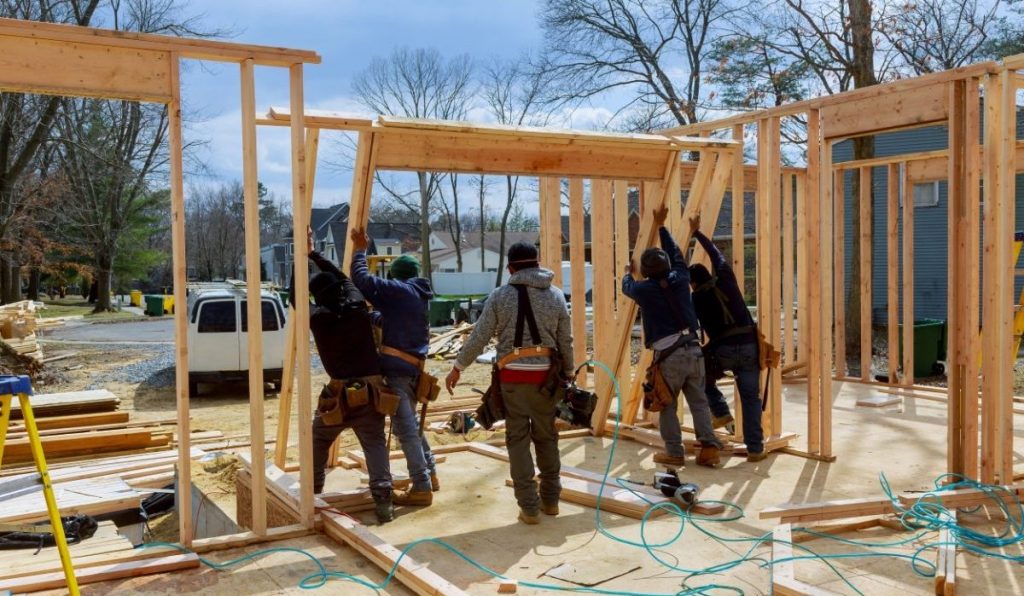Data from the July jobs report released Friday fell roughly in line with expectations. Job gains came in lower than both the 278,000 monthly average for the first half of 2023 and the 399,000 average of 2022. Total nonfarm payroll employment increased by 187,000 jobs, compared to 209,000 in June, according to data released by the Bureau of Labor Statistics.
The unemployment rate changed little at 3.5%, compared to 3.6% in May, with the total number of unemployed persons falling to 5.8 million. The unemployment rate has remained between 3.4% and 3.7% since March 2022.
In June, job openings eased back to 9.6 million, bringing the openings rate to 5.8%. Meanwhile job quits slipped to 3.8 million or 2.4%.
“The incoming economic data continue to convey conflicting signals about the strength of the economy. Indicators of manufacturing and service sector health remain lackluster, measures of inflation have moved lower, while GDP growth in the second quarter was stronger than expected and consumer spending remains resilient,” said Mortgage Bankers Association VP and Deputy Chief Economist Joel Kan.
While job growth is weakening, and wage growth is holding steady, both metrics are still above the pace that would be consistent with the Federal Reserve’s inflation target, noted Kan.
“However, we expect that the FOMC will hold the federal funds target at its current level given the declining trend in inflation,” he added.
The lion’s share of the job growth in June came from gains in health care (+63,000), social assistance (+24,000), financial activities (+19,000), and wholesale trade (+18,000), according to the report.
Employment in the construction industry continued to trend up in July, adding 19,000 jobs, especially in the residential construction space. The ongoing shortage of housing inventory helped spur an increase in home building and home improvement activity, Kan said.
On average, the industry added 16,000 jobs per month in the second quarter of the year, after employment was essentially flat in the first quarter. Over the month, a job gain in real estate and rental and leasing (+12,000) partially compensated for a loss in commercial banking (-3,000).
Furthermore, residential building construction employment was flat year-over-year in July, while non-residential was up by 5.9%, according to First American Economist Ksenia Potapov. Compared with pre-pandemic levels, residential building employment is up 10%, while non-residential building is up 3%.
“Like June, the fastest monthly growth came from residential specialty trade contractors. This sub-sector comprises establishments whose primary activity is performing specific activities, such as pouring concrete, site preparation, plumbing, painting and electrical work,” said Potapov.
Employment in the professional and business services sector and in the leisure and hospitality sector changed little in July.
What’s next ?
At the July Fed meeting, the FOMC hiked the benchmark rate by a quarter percentage point, as widely expected. During the press conference that followed the meeting, Fed Chair Jerome Powell said that another rate hike in September is “certainly possible,” but so is a pause.
According to Realtor.com‘s chief economist Danielle Hale, today’s report is unlikely to sway the Fed.
“Today’s jobs report is unlikely to change those odds significantly as it is one of several pieces of additional data that the Fed will have to consider before the next decision. The Fed will see not only an additional jobs report, but also two more readings each on consumer prices and producer prices along with several other indicators before its September 19-20 meeting and decision,” said Hale.
On the housing market, she said that conditions are still favorable for households, supporting housing demand. However, climbing mortgage rates remain a substantial obstacle for homebuyers. Hale expects more “coping strategies” on the buyer’s end, such as moving further away to find affordability. Another outcome will be that affordable markets, such as those in the Midwest, will continue to see an outsized level of housing activity for both homeowners and renters, she said.
As existing homeowners remain rate-locked into their homes with no financial incentive to move, homeowners are likely to increasingly turn to renovating their homes to suit their evolving needs, added Potapov.





